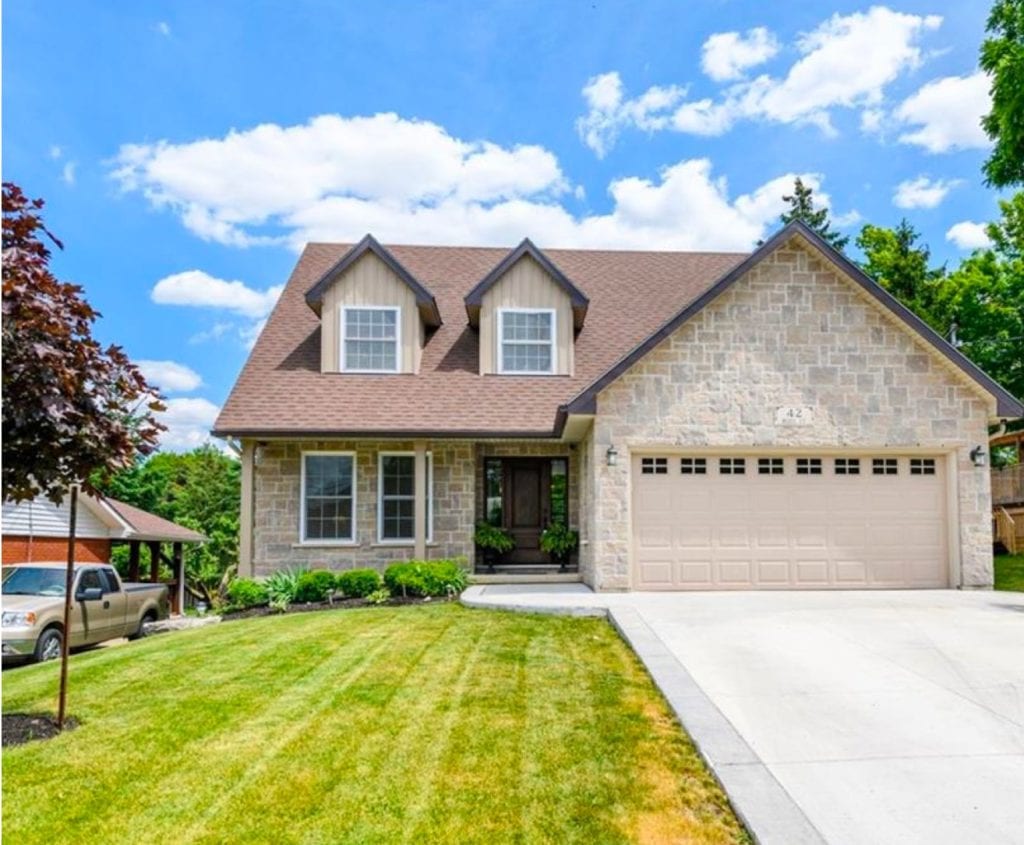
Home pricing matters – and it’s a close tightrope walk to get it right.
Surprised? You might be. We’ve noticed that most sellers think that you should list just above market value, especially in hot areas like Hamilton.
But it’s not necessarily true. Price a home too high and both buyers and their Realtors will completely ignore the listing, leaving it to languish on the market well past its neighbours.
In Hamilton, the average days on market is about 43. Once you pass that number, potential buyers start to think “what’s wrong with it?”.
If you price too low, you often find yourself with a load of wasted time – or wasted money.
So what to do?
Well, that’s up to you. But here’s the strategy we use to find the perfect list price for your home, to make sure our sellers get the most money.
Compare to Other Current Listings
In this case, being a nosy neighbour is a good thing. It helps you suss out what homes in your area are selling for, giving you a better idea of the market.
When you’re scouring online, don’t forget that list price is different than sale price. Homes are often listed close to what they’ll sell for.
What does the data say? Currently, the average Hamilton home sells for about 97% of its list price. While it’s not a hard-and-fast rule, knock about 3% off each listing’s price to get an estimate of what it will eventually sell for.
Looking at homes that are similar to your are key. Don’t just compare the number of bedrooms and bathrooms – look for home styles, age, neighbourhood, or interior photos to see whether the home is a good mirror of your own.
Look at Past and Future Trends
This is where pricing is more of an art than a science. Hamilton real estate is appreciating fast. The average 2-bedroom in Hamilton jumped in price by about 23% in the last year.
Does this mean your 2-bedroom home will be worth almost a quarter more in a year?
No. Not necessarily.
Hamilton is seeing a surge of Toronto buyers. We’re seeing skyrocketing development, rapid population growth, and a fascinating arts and culture scene emerge. With these comes inevitable changes to the housing market.
That means that areas near great schools, employment hubs, and areas with “cultural capital” will appreciate the most. Transit, road access, and family-friendly neighbourhoods are also rising stars.
That doesn’t mean you shouldn’t be buying or selling in other areas. It just means that understanding how local trends impact the housing market, and pricing accordingly, can help you snag that extra 1% off your sale.
Account for Hard Work
With decades of experience in real estate, I can tell you that there’s one thing that hasn’t changed: the amount of elbow grease you put into preparing your home for sale has a massive impact on its sale price.
A thorough scrub and declutter can add thousands of dollars to your home’s perceived value.
Houses that have languished on the market for months can see a miraculous turnaround with a new paint job, yard work, and professional staging.
When choosing a list price, don’t forget to take into account the amount of work that’s gone into it. If you’ve invested thousands of dollars into a pre-sale renovation, understand that this should impact your sale price.
The only thing to remember is that it’s not always a direct dollar-for-dollar conversion. A $20,000 kitchen remodel isn’t likely to net exactly $20,000 more on your sale price.
Not sure about which changes to make before listing? We’re here to get you the most money. Learn more about how we do that here.



